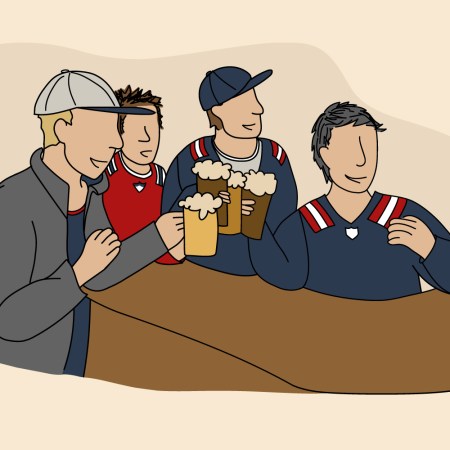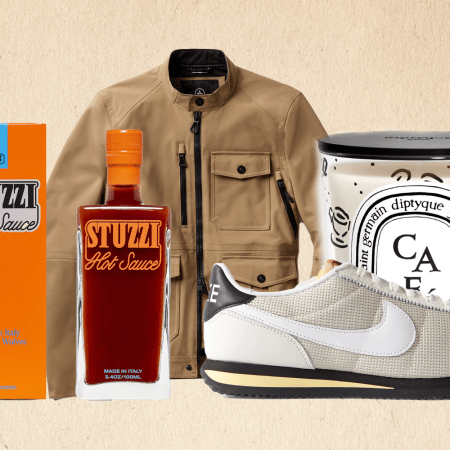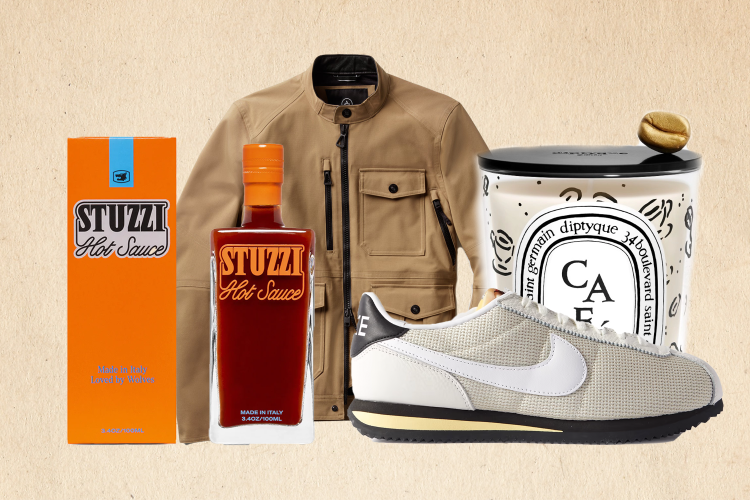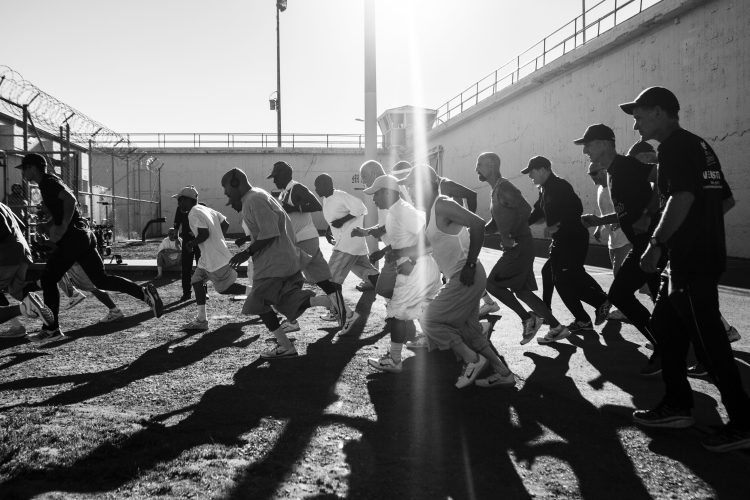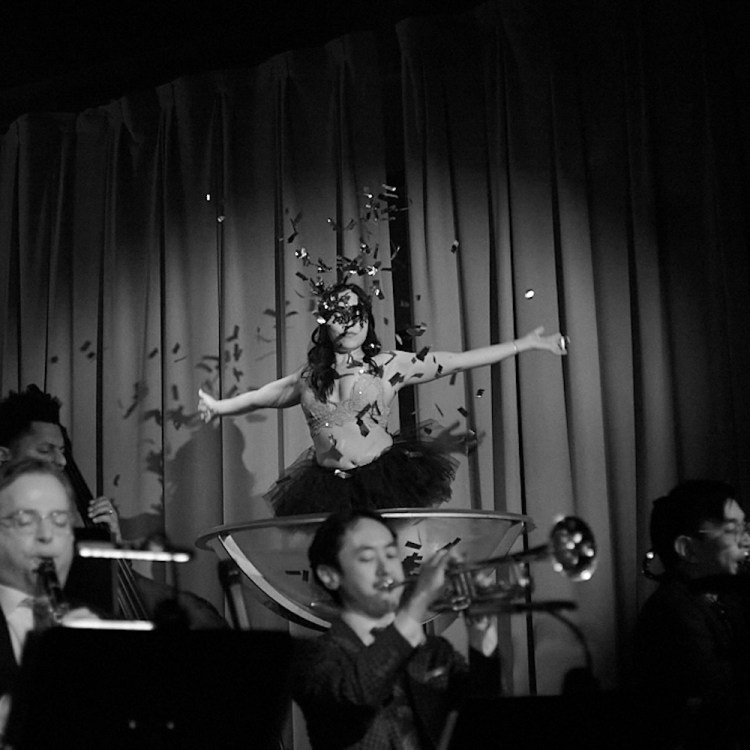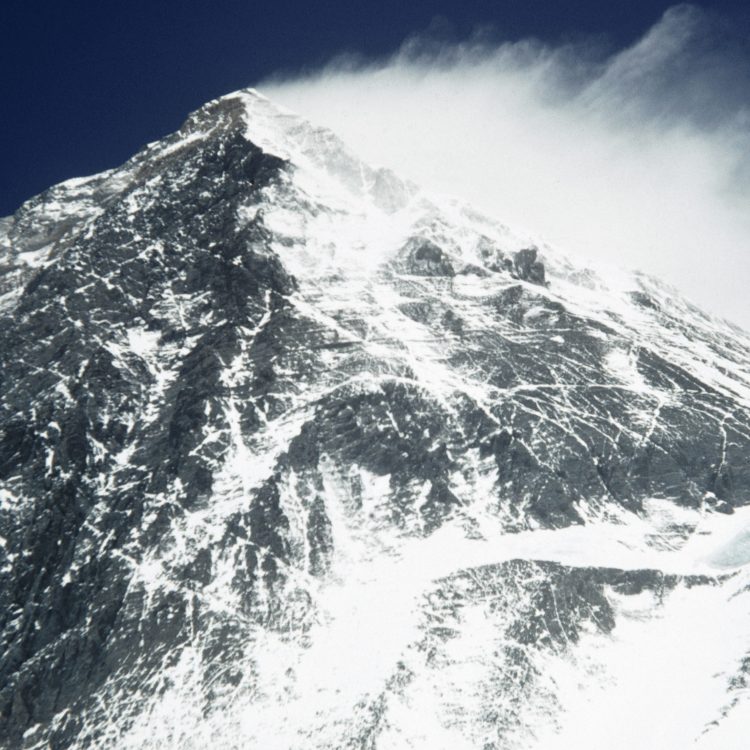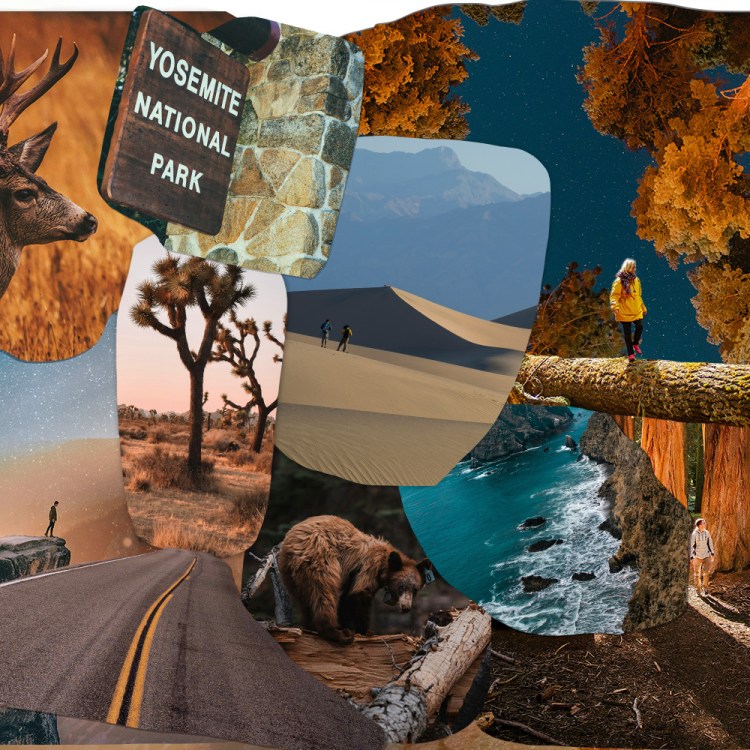You’d think the Caribbean would happily leave the active volcanos to Hawaii. But, the island of St. Lucia wants in on the molten act in its aggressive push to become the quirkiest tourist hotspot in the warm waters of the Western Atlantic.
While many major destinations in the Caribbean Sea are becoming ever more crowded and westernized — their unique cultures sinking under a deluge of mass market resorts and spoiled tourists – St. Lucia’s unique topography and unusual practices keep its island identity intact. Smuggled in the southern reaches of the Caribbean, the hurricanes of the last two seasons missed St. Lucia – leaving it thriving while its sister islands recovered.
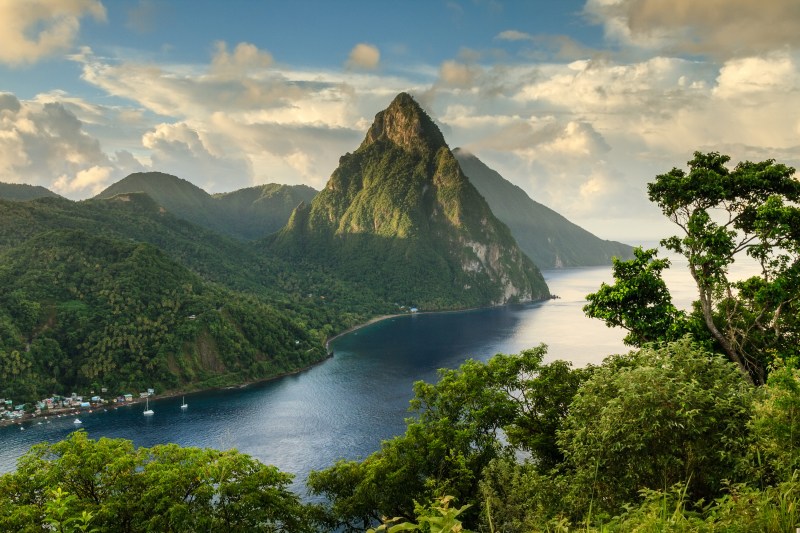
The Soufrière Volcanic Centre (or Qualibou to the locals) is one of the stars on St. Lucia’s extraordinary layout. While lava stirred around beneath the island for thousands of years — last erupting in 1766 – Soufrière is a vent or pressure valve. Super-heated sulphuric mud bubbles out of the ground for photo opportunities with science-minded tourists. That same mud collects and cools in nearby pools, allowing visitors to bathe in what’s supposed to be a detoxifying — if smelly — concoction.
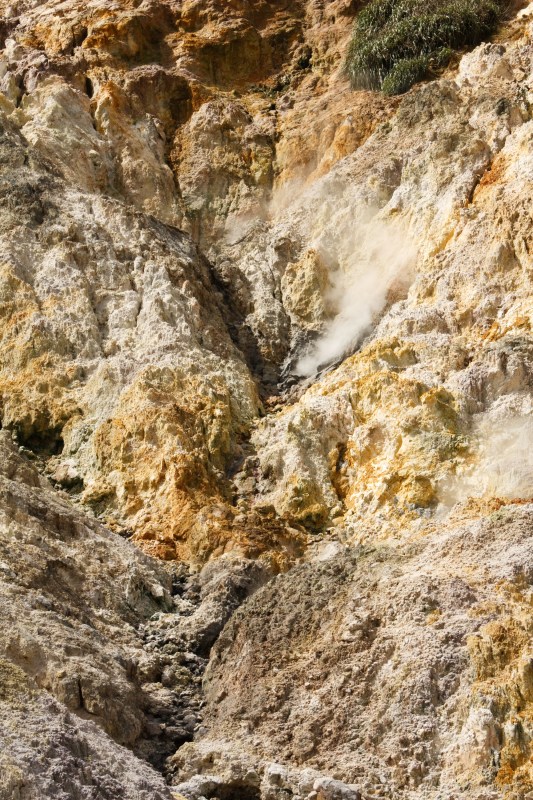
St. Lucia’s volcanic activity forged its most iconic natural symbols and its UNESCO World Heritage Site – the Pitons. The two lava domes rise out of the island’s dense forests along the shoreline, creating a site stirring enough to name a beer after for all the world to enjoy. Piton Lager is everywhere on St. Lucia and tastes not unlike a light lager. Think a Corona, a Sapporo or a Guinness Blonde.
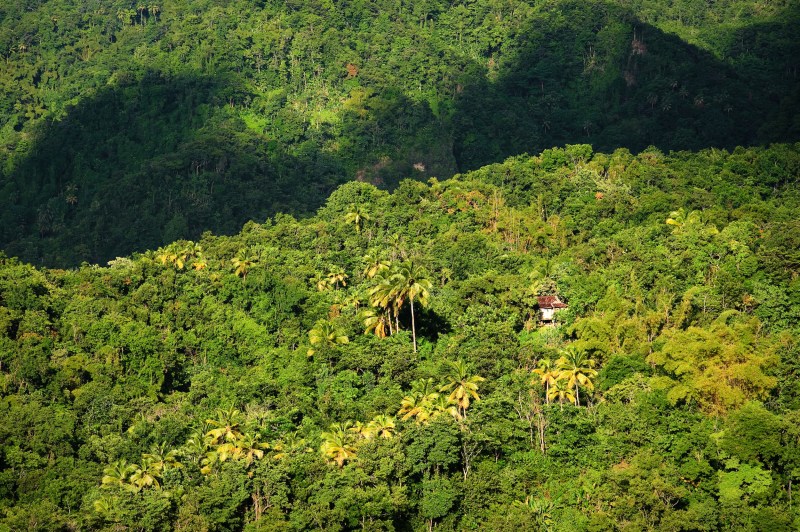
The interior of St. Lucia is dominated by a protected rainforest. A single road through the dense collection of cashew trees, coconut palms and banana plants connects the main towns on the island’s two tips – Rodney Bay to the north and Vieux Fort to the south. That southern tip hosts the island’s modern Hewanorra International Airport and one of the best upscale resorts in the Caribbean Sea.
Serenity at Coconut Bay is a luxury, all-inclusive resort offering 36 private mini-compounds with 24-hour butler service. The resort calls its accommodations “suites,” but they’re all private environments. Each sits behind a private gate and includes its own splash pool, hammock, outdoor bar and an air-conditioned sitting room with an elevated bedroom.
Private cabanas around the main lap pool are fueled by a well equipped outdoor bar. The Greathouse Restaurant offers a full, evolving menu of classics and local specialties always served fresh and prepared by the folks who know them best. This correspondent enjoyed a curried goat that would bring me back on its own.
The butler staff is friendly, patient and supportive. If a guest wants to take on an afternoon at the spa or a journey off-resort to the beach for kite surfing or kayaking, all he or she need do is contact the staff. They do the rest, including everything from scheduling and transportation.
Volcanos and butlers aside, there are a few final flourishes that garnish St. Lucia’s quirkiness:
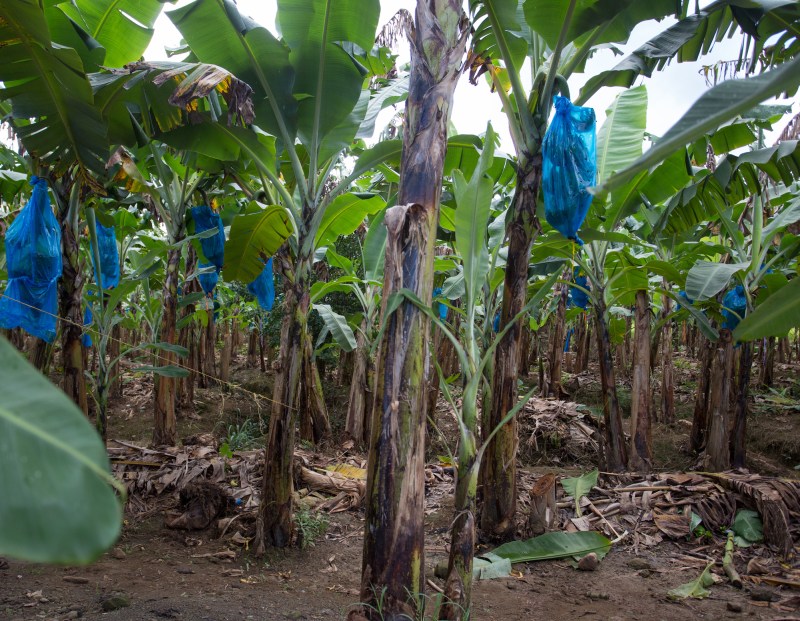
* Bananas are the island’s main export, and a banana plant produces fruit only once in its lifetime. So, many trips through the island’s interior reveal the constant planting and replanting of the banana’s stalk plants.
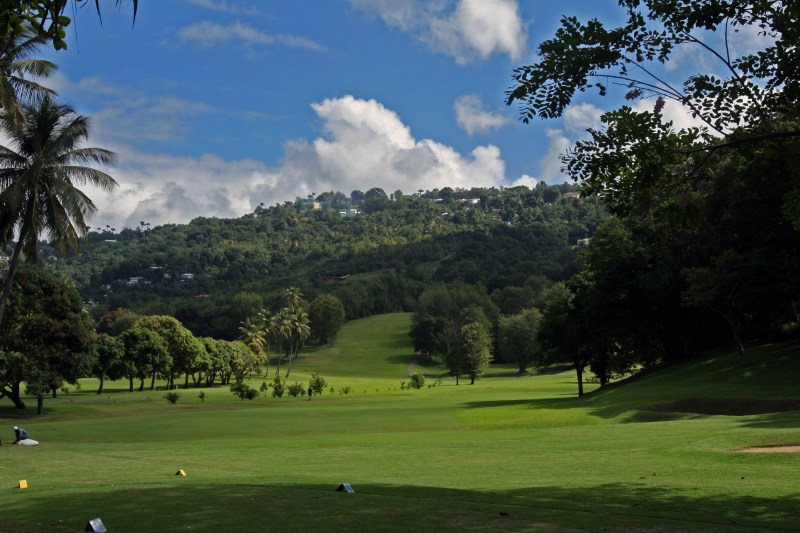
* Though a vacation destination, St. Lucia holds only one golf course — a public, Sandals Resorts-owned track known for blind tee shots and tricky winds. It’s a fun challenge, but a far toss from a friendly resort-style course.
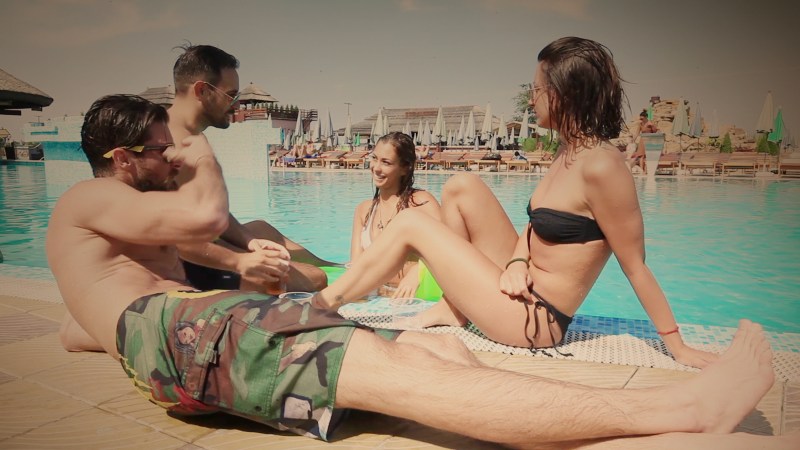
* Camouflage clothing is not allowed in St. Lucia. Wearing any form of camo clothing, including swimsuits, in public is illegal on the island except for military personnel.
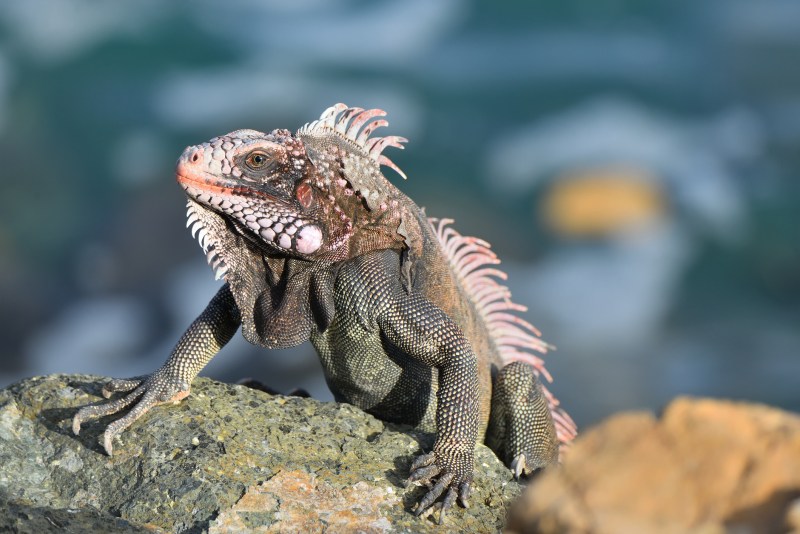
* Don’t touch the iguanas. The region of the island that’s home to the new airport and Serenity is named for the island’s iguanas. But St. Lucia doesn’t have many iguanas. The island’s lizard population was harvested for pets in the U.S. and Europe to the point of near extinction. Naturalists recently began reintroducing the species to their original home, and it’s a $9,000 fine if you mess with any of them (the iguanas, not the naturalists).
All added up, as long as you don’t threaten an iguana while wearing camouflage and don’t mind a little skin treatment with the distinct smell of rotten eggs before you relax in one of the Caribbean’s elite resorts, you’re a bit quirky yourself and should settle in nicely on St. Lucia.
This article was featured in the InsideHook newsletter. Sign up now.





